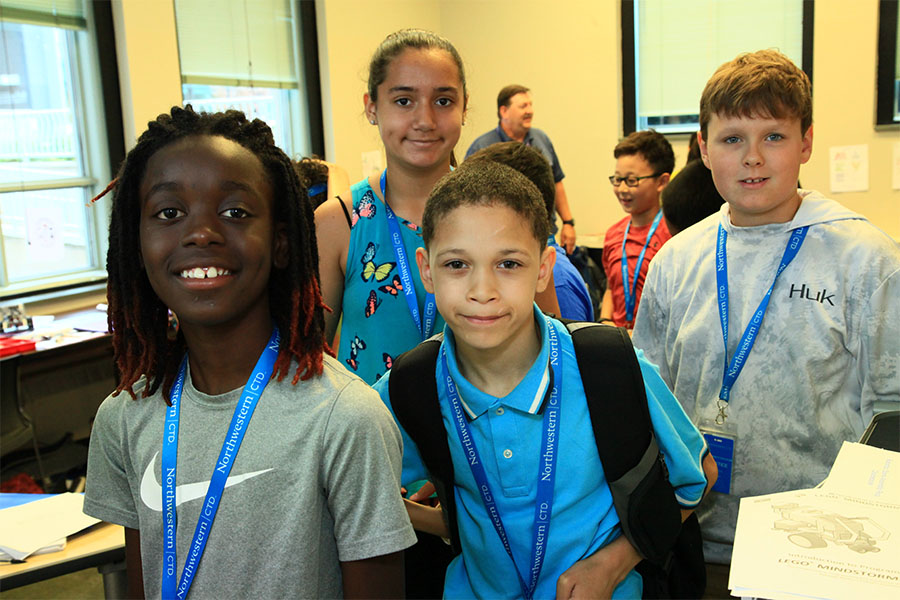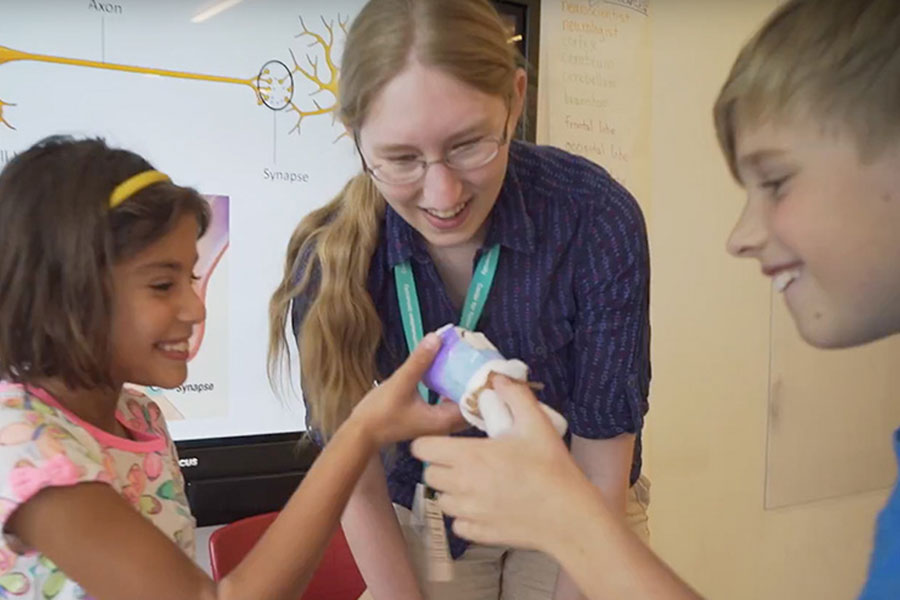Developing Critical Thinking Skills
by Amy Gyarmathy As a mother of a 14 year old, I often hear (accompanied by a foot stomp), “I can’t wait until I get to run my own life”. The irony, of course, is that we spend much of our youth wishing adults would stop telling us what to do. Then, once adulthood sets in, with all of its choices and lack of guarantees, many of us find ourselves beseeching others: “Just tell me what to do!” Ultimately, even if your child goes on to earn a doctorate, s/he will spend more time out of the classroom than in. And they will spend far more time out in the real world than as your snuggle bunny. They will face choices both big and small. Life requires critical thinking skills. Critical thinking skills are the cognitive abilities to identify, analyze and evaluate information, as well the ability to recognize personal biases. They are also the capacity to develop (and present) reasons in support of one’s stance, and to make intelligent decisions regarding what to believe. In the classroom, critical thinking skills help students not only understand the material, but evaluate what they are learning and incorporate the knowledge on a personal level. So, critical thinking is important in both school and life, but how do teachers teach students to think critically? By asking the right kinds of questions at every skill level. To better understand questioning strategies, it helps to be familiar with Bloom’s Taxonomy, which is a classification of educational objectives. For the purpose of exploring critical thinking skills, we are focusing on the skills in the cognitive domain. In Bloom’s original taxonomy there are six levels, beginning with the most simple skills and moving to the highest, most complex skills (Bloom et al., 1956),. Knowledge is the most basic skill of remembering specific information—things like math facts, dates and vocabulary. Questions at this level require basic regurgitation of information: What is 2 x 4? When was Plato’s The Republic written? Comprehension is demonstrated by a student’s ability to organize, compare and to state main ideas. Questions at this level require the ability to understand meaning: What is the difference between apples and oranges? Application is the demonstration of being able to actually use the new knowledge. Questions at this level often require taking what they’ve just learned and applying it in a different way: Looking at this list of foods, choose four to make a healthy lunch. Analysis breaks down information into parts and examines it. Questions at this level often require “evidence” to support the answer: Compare and contrast the Sioux to the Iroquois and explain which nation preserved its way of life longer. Synthesis is the process of taking the new information and compiling it in new ways—this is where more abstract, thinking-outside-the-box skills come into play. Questions require creation and design: Create a robot that will not run off a table. Evaluation is the ability to present and defend opinions by making judgments about information. Questions often do not have a right answer: How would you handle a friend being ridiculed on the playground? It is the last three levels—analysis, synthesis and evaluation—that require critical thinking skills. The first three are important in solidifying the core knowledge necessary: you need the vocabulary to speak intelligently about a subject, you need your math facts to be able to solve word problems. Too often, however, too much time is spent at these levels. Part of this is due to the emphasis on basic skills testing. The lower level questions have definitive answers—they are right or wrong, and therefore easier to assess. The higher level questions are far more subjective and harder to quantify. They often make children—even academically gifted children—uncomfortable, as they have been programmed to believe that there is only one “right” answer. I have seen students struggle with questions at this level: “Just tell me the answer”, they will whine, and sigh when told that there IS no right answer. But it is with these higher-level questions where a child’s critical thinking skills are developed. It is also at this higher level you can really see children’s brains shift into high gear. For gifted kids, once they get past needing to be “right” or having the “best” answer in the class, this is where they are able to demonstrate their exceptional thinking skills. They come up with wild-but supported-theories and solutions. They often demonstrate an amazing ability to solve-and pose-problems with an insight never seen before. And as kids have exposure to these kinds of thinking, it becomes a tool they can use for the rest of their lives. Which is where critical thinking skills really pay off. My daughter’s new ability to get all over the city via public transportation required her learning the basics—the bus and train schedules, where the stops are—and then required her to apply her knowledge. But it is in the reflection (Was she late? Was there a better route?) that her critical thinking skills kick in and lead to better choices next time. Center for Talent Development programs incorporate critical thinking into all of our course curricula. Whether your child enrolls in the Saturday Enrichment Program (new fall session starts October 1) or any of our other out-of-school learning opportunities, they will expand their knowledge base while gaining important skills on how to apply that knowledge effectively. Amy Gyarmathy is a program coordinator for CTD’s Saturday Enrichment Program and the parent of a gifted teenager. References and Resources: Bloom, B., Englehart, M. Furst, E., Hill, W., & Krathwohl, D. (1956). Taxonomy of educational objectives, Handbook I: Cognitive domain. New York: McCay. http://www.learnnc.org/lp/pages/4719 http://sites.google.com/site/timvangelder/publications-1/teaching-critical-thinking http://www.odu.edu/educ/roverbau/Bloom/blooms_taxonomy.htm

